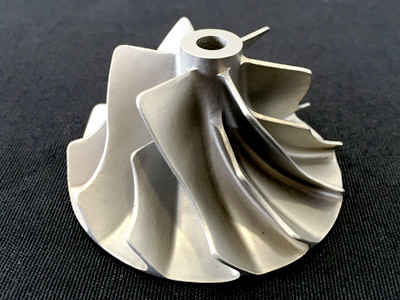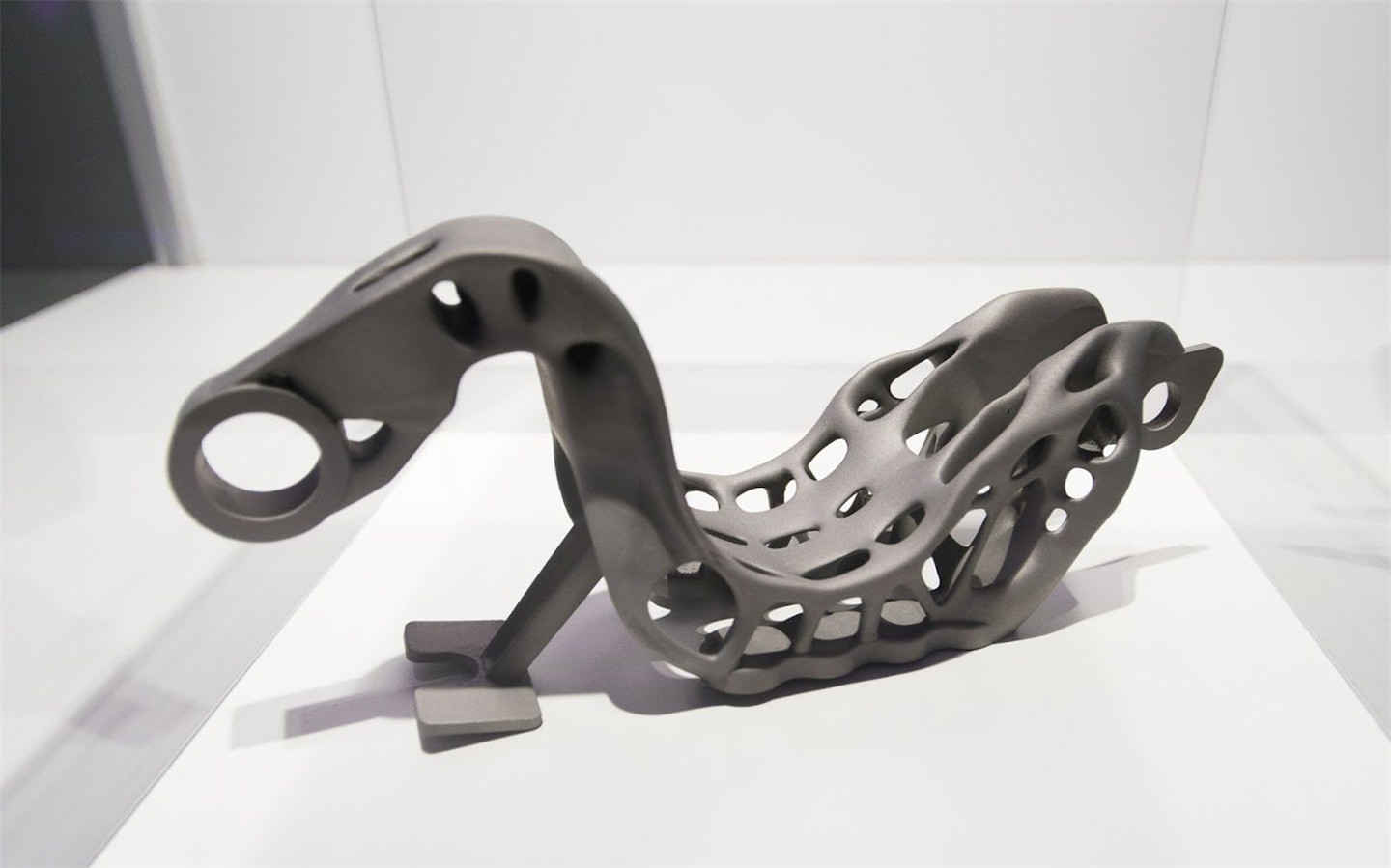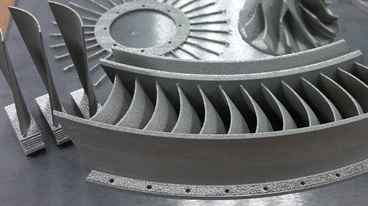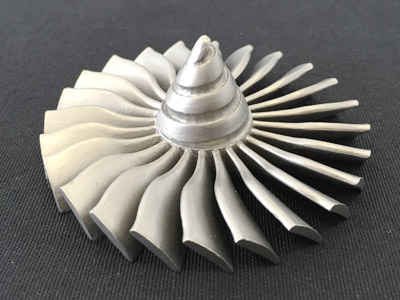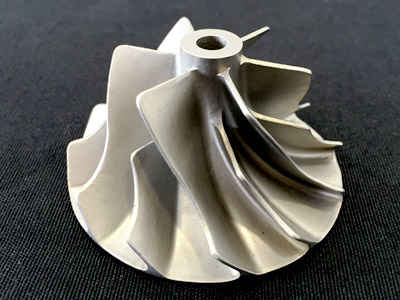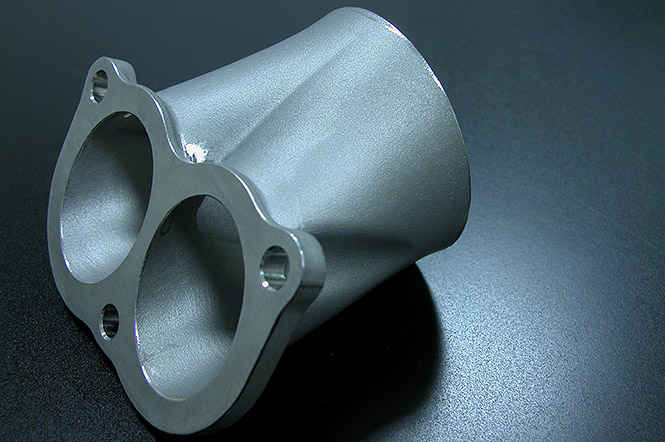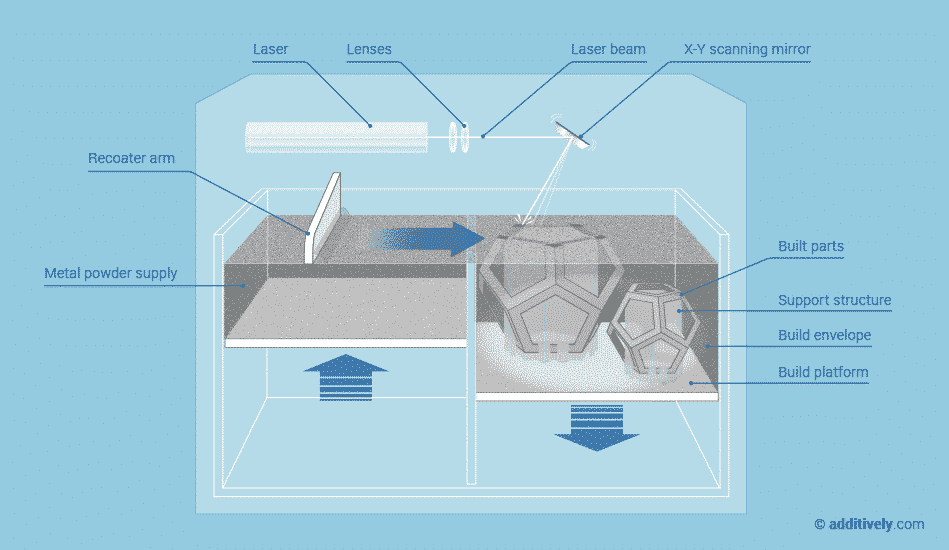SLM Inconel 718IN718/GH4169 IN718 is a nickel-chromium superalloy known for its exceptional strength, high-temperature resistance, and corrosion resistance. It maintains its properties even at extreme temperatures up to 700ô¯C (1300ô¯F). This makes it a popular choice for 3D printing high-performance parts used in demanding industries like aerospace, automotive, and energy. IN718 is particularly well-suited for applications that require resistance to fatigue, creep, and oxidation. Max Build Size Min Build Size 5 x 5 x 5 mm Default Layer Height 0.05 mm Optional Layer Heights 0.05 mm Tolerance ôÝ0.2% (with a lower limit of ôÝ0.2 mm) Up to 980 ã Smooth ã ã ã Detail ã ã ã Accuracy ã ã ã Rigidity ã ã ã ã Flexibility ã ã Available ColorsMetal
Available Post ProcessPaint
, Polish
, Sandblast
Suitable For Functional prototypes and end products, Not Suitable For Low-cost prototype, Additional InfoKey Differences 625 vs. 718 Inconel 718
Feature
3D PrinterMaterial Spec Sheet
Selective Laser Melting creates objects from thin layers of powdered material by selectively melting it using a high power laser. The process takes place in a low oxygen environment in order to reduce thermal stresses and to prevent warping. Industrial metals are best used for high-tech, low-volume use cases from prototyping to creating end-use parts. Metal 3D prints are comparable to traditionally manufactured parts in terms of chemical composition, mechanical properties (static and fatigue) as well as microstructure. Once the printing is done, the extra powder that was not bound, and is not part of your design, is removed. Your part is now solid metal, and after the flutes are manually removed, it is tumbled and polished to produce a smooth finish.
|
